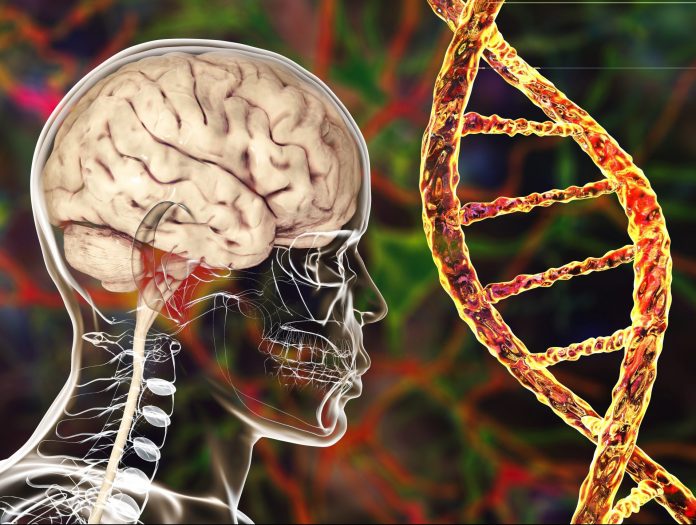
Since most head and neck cancer patients relapse, and there is strong evidence that subtypes exist, there is an urgent need for biomarkers to guide treatment. Now, researchers have developed a biobank of over 100 organoids, which may help clinicians choose the most appropriate treatment. These patients typically undergo surgery, radiotherapy, and/or chemotherapy.
The team’s work appears in Med this month. The senior author is Hans Clevers of Roche Pharmaceutical Research and Hubrecht Institute, in Utrecht.
The team’s findings suggest that organoids closely mimic tumor responses. In addition, their research showed the drug cetuximab may make tumors less sensitive to radiotherapy. Cetuximab is sometimes given to head and neck cancer patients in combination with radiation. Delaying cetuximab therapy may therefore be advisable, although the researchers caution that more study is need.
“These treatments cause serious side-effects and some patients are therefore unable to finish the treatment. And even after going through such a harsh treatment, 60% of patients relapse,” Rosemary Millen, of Hubrecht Institute and co-first author of the paper explained. The limited efficacy of treatments, she said, may be due in part to the fact that tumors’ genetic makeup differ significantly between patients.
“Published datasets, such as the TCGA [The Cancer Genome Atlas], have shown [these cancers] are mostly linked to TP53 inactivation, PIK3CA mutation, and loss of CDKN2A,” she told Inside Precision Medicine. “A subset of patients, mostly really young, have HPV infection-driven disease,” she added.
The most common form of head and neck cancer is squamous cell carcinoma. Head and neck cancer is the seventh most prevalent malignancy globally, with 1.1 million new cases diagnosed each year.
The team established a biobank of head and neck cancer organoids—miniature versions of patient tumors grown in the lab—from patients’ diagnostic biopsies or surgical resections theirs tumors. The researchers then followed the patients and the progression of their disease.
Said Miller: “We then treated the organoids with several therapy types and measured treatment efficacy by determining how many cells in the organoids died. The next step was to correlate this to treatment response in patients.”
They found the organoids closely resembled the patient tumors, retaining the same histological and genetic features.
In addition to their findings about cetuximab and radiation, the team’s work suggests that an inhibitor of protein arginine methyltransferase 5 (PRMT5), a novel drug already in clinical trials for other cancer types, could be effective for a subgroup of head and neck cancer patients.
“We sequenced the DNA of the organoids, to investigate the relationship between specific genetic mutations and the response to treatments,” Miller said. “By doing so, we found that tumors with loss of the gene CDKN2A were responsive to treatment with this novel drug. It would be very interesting to see whether this effect is also found in patients, especially since this mutation is present in over 50% of HNSCC cases.”
Else Driehuis, corresponding author on the paper, added that, “taken together, our results highlight the clinical relevance of organoids derived from patient tumor tissue. One of the next steps would be to design a clinical trial, to really use the organoids to guide treatment decisions in head and neck cancer patients.”











